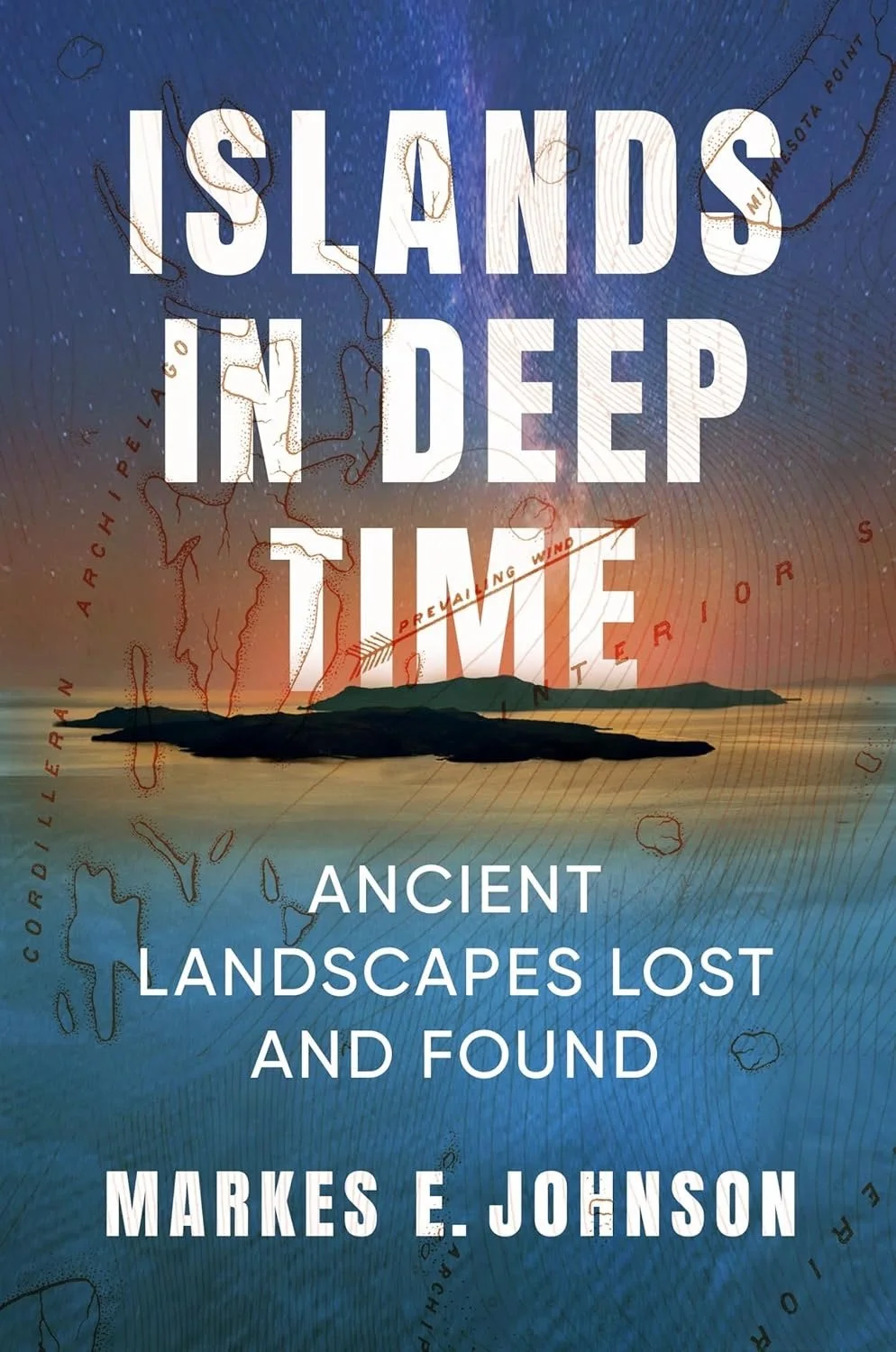Islands in Deep Time is a well-balanced and readable book that examines the longevity of the world and the transformations which have shaped it through millennia, viewing both micro- and macro-lense perspectives of geological time through the personal experiences and ecological expertise derived from Johnson’s lifetime of engagement with his subject, setting out his observations and reflections in a highly accessible dialogue with those who have thought and written about such topics before him.
Johnson certainly does not shy away from highly technical descriptions of geological processes, providing a very useful glossary of terms at the end of the book; but he has also structured his text in the form of an affably inquisitive narrative journey, one that enables the reader to see and explore alongside the author while he elucidates the heaviest of subject matter with the lightest of touches.
Johnson’s book may not rival Carson’s writings in terms of its poetic descriptions, but it is very much an enjoyable, informative, and relatable text that will serve well both the serious student of geology and the engaged lay reader alike, particularly anyone who is interested in understanding more about the environmental processes that have shaped our planet in the past and the ways in which it might be reshaped in the future.
~ Tim Chamberlain (Birkbeck College, University of London)
